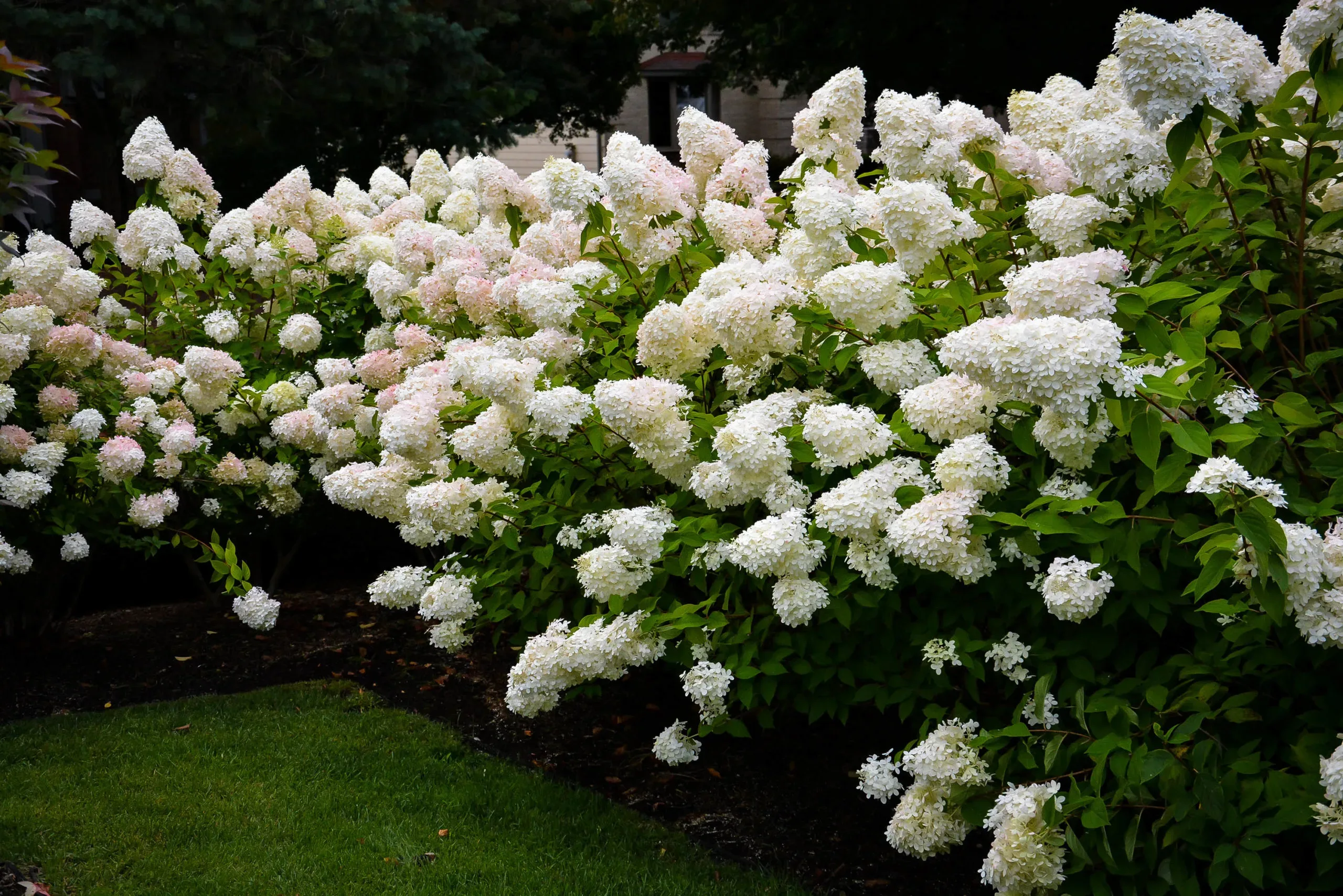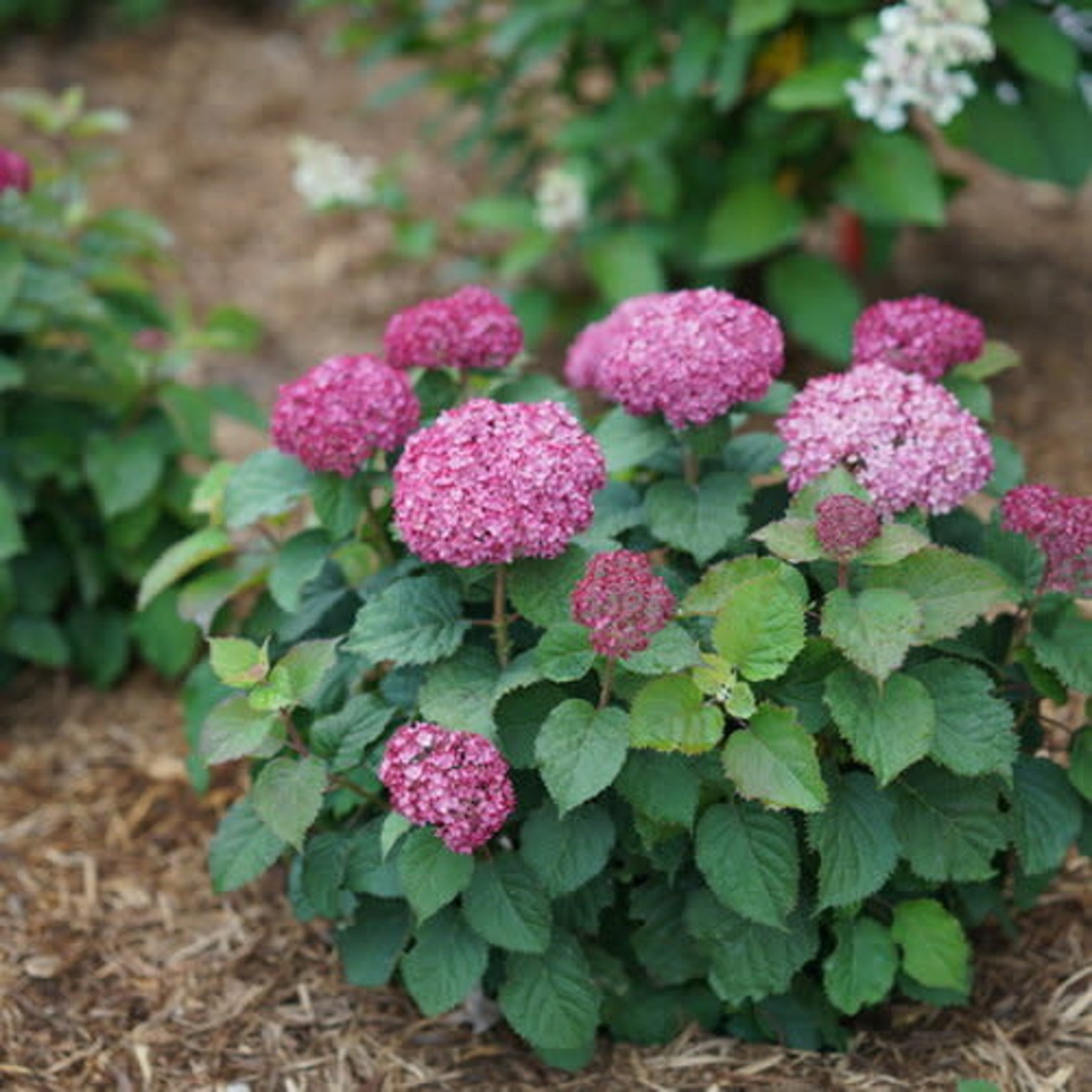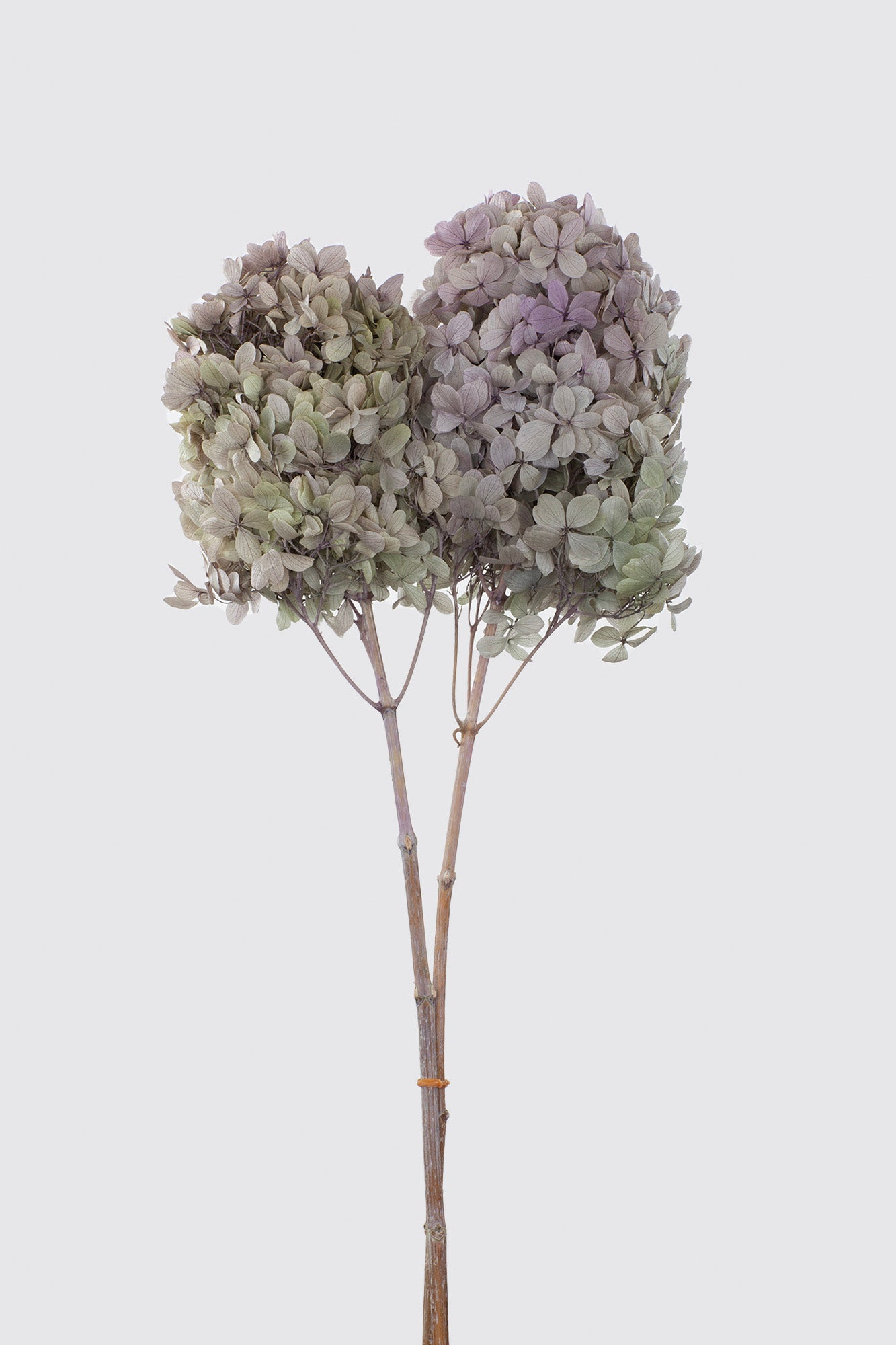Mini Hydrangeas: The Perfect Plants For Small Spaces
Mini Hydrangeas: The Perfect Plants for Small Spaces
Hydrangeas are some of the most popular flowering shrubs in the world, known for their large, showy blooms. But what if you don't have a lot of space? Don't worry, there are plenty of mini hydrangeas that are perfect for small gardens and containers.
Mini hydrangeas are typically 3-6 feet tall and wide, making them much smaller than their full-sized counterparts. They also tend to be more compact and bushy, with a wider spread than height. This makes them ideal for planting in front of larger shrubs or trees, or in small spaces like patios and balconies.
In terms of color, mini hydrangeas come in a wide variety of shades, including white, pink, blue, purple, and green. Some varieties even change color throughout the season. For example, the 'Little Lime' hydrangea starts out as a creamy green in the spring, then turns to a soft pink in the summer, and finally fades to a white in the fall.
Mini hydrangeas are relatively easy to care for. They prefer full sun to partial shade and moist, well-drained soil. They should be watered regularly, especially during hot, dry weather. In the spring, you can fertilize them with a balanced fertilizer.
Mini hydrangeas are also relatively pest- and disease-resistant. However, they can be susceptible to powdery mildew, especially in humid climates. If you see signs of powdery mildew, you can treat it with a fungicide.
Overall, mini hydrangeas are a great choice for gardeners with limited space. They are beautiful, low-maintenance plants that can add a touch of elegance to any garden.
Here are some of the most popular mini hydrangeas:
- Little Lime: This panicle hydrangea is known for its creamy green blooms that turn pink in the summer. It grows to be 3-5 feet tall and wide.
- Mini Penny: This macrophylla hydrangea has small, cup-shaped blooms that start out white and turn pink in the fall. It grows to be 2-3 feet tall and wide.

- Paraplu: This macrophylla hydrangea has large, umbrella-shaped blooms that start out white and turn pink in the fall. It grows to be 3-4 feet tall and wide.
- Bombshell: This panicle hydrangea has small, star-shaped blooms that start out white and turn pink in the summer. It grows to be 3-5 feet tall and wide.

- Monrey: This macrophylla hydrangea has large, lacecap blooms that start out white and turn pink in the fall. It grows to be 4-5 feet tall and wide.

No matter which variety you choose, mini hydrangeas are sure to add beauty and charm to your garden. So if you're looking for a low-maintenance, space-saving plant, consider adding a mini hydrangea to your landscape.
Mini hydrangeas are a popular choice for gardeners who want the beauty of hydrangeas but don't have a lot of space. These small shrubs can grow up to 3 feet tall and wide, and they produce abundant clusters of flowers in a variety of colors. Mini hydrangeas are relatively easy to care for, and they can be grown indoors or outdoors.
If you're interested in learning more about mini hydrangeas, I recommend visiting . This website has a wealth of information about mini hydrangeas, including care tips, planting instructions, and a gallery of beautiful photos. You can also find a variety of mini hydrangeas for sale on this website.
FAQ of mini hydrangea
- What is a mini hydrangea?
A mini hydrangea is a type of hydrangea that grows to be about 2-3 feet tall. It has smaller flowers than regular hydrangeas, but they are just as beautiful. Mini hydrangeas are perfect for small gardens or containers.
- How do I care for a mini hydrangea?
Mini hydrangeas are relatively easy to care for. They need full sun or partial shade and well-drained soil. Water them deeply once a week, and fertilize them every few months with a balanced fertilizer.
- How do I get my mini hydrangea to bloom?
Mini hydrangeas bloom in the summer. To encourage them to bloom, you can fertilize them with a fertilizer that is high in phosphorus in the spring. You can also prune them in the early spring to remove any dead or damaged branches.
- What are some common pests and diseases that affect mini hydrangeas?
The most common pests that affect mini hydrangeas are aphids, spider mites, and scale insects. These pests can be controlled with insecticidal soap or neem oil. The most common diseases that affect mini hydrangeas are leaf spot, powdery mildew, and rust. These diseases can be prevented by watering your plants deeply and regularly, and by fertilizing them with a balanced fertilizer.
- How do I overwinter my mini hydrangea?
If you live in an area with cold winters, you will need to overwinter your mini hydrangea. To do this, move the plant to a sheltered location where it will not be exposed to freezing temperatures. You can also cover the plant with a burlap sack or other protective material.
Image of mini hydrangea
- Mini Annabelle Hydrangea is a small, compact shrub that grows to be 2-3 feet tall and wide. It has round, white flower heads that bloom in summer.

- Mini Penny Candy Hydrangea is a dwarf variety of hydrangea that grows to be 1-2 feet tall and wide. It has small, pink flowers that bloom in summer.

- Mini Limelight Hydrangea is a small shrub that grows to be 2-3 feet tall and wide. It has lime green flower heads that bloom in summer.
- Mini Endless Summer Hydrangea is a compact variety of hydrangea that grows to be 2-3 feet tall and wide. It has blue, pink, or white flowers that bloom from early summer to fall.
- Mini PeeGee Hydrangea is a small shrub that grows to be 2-3 feet tall and wide. It has white flowers that bloom in summer.


Post a Comment for "Mini Hydrangeas: The Perfect Plants For Small Spaces"